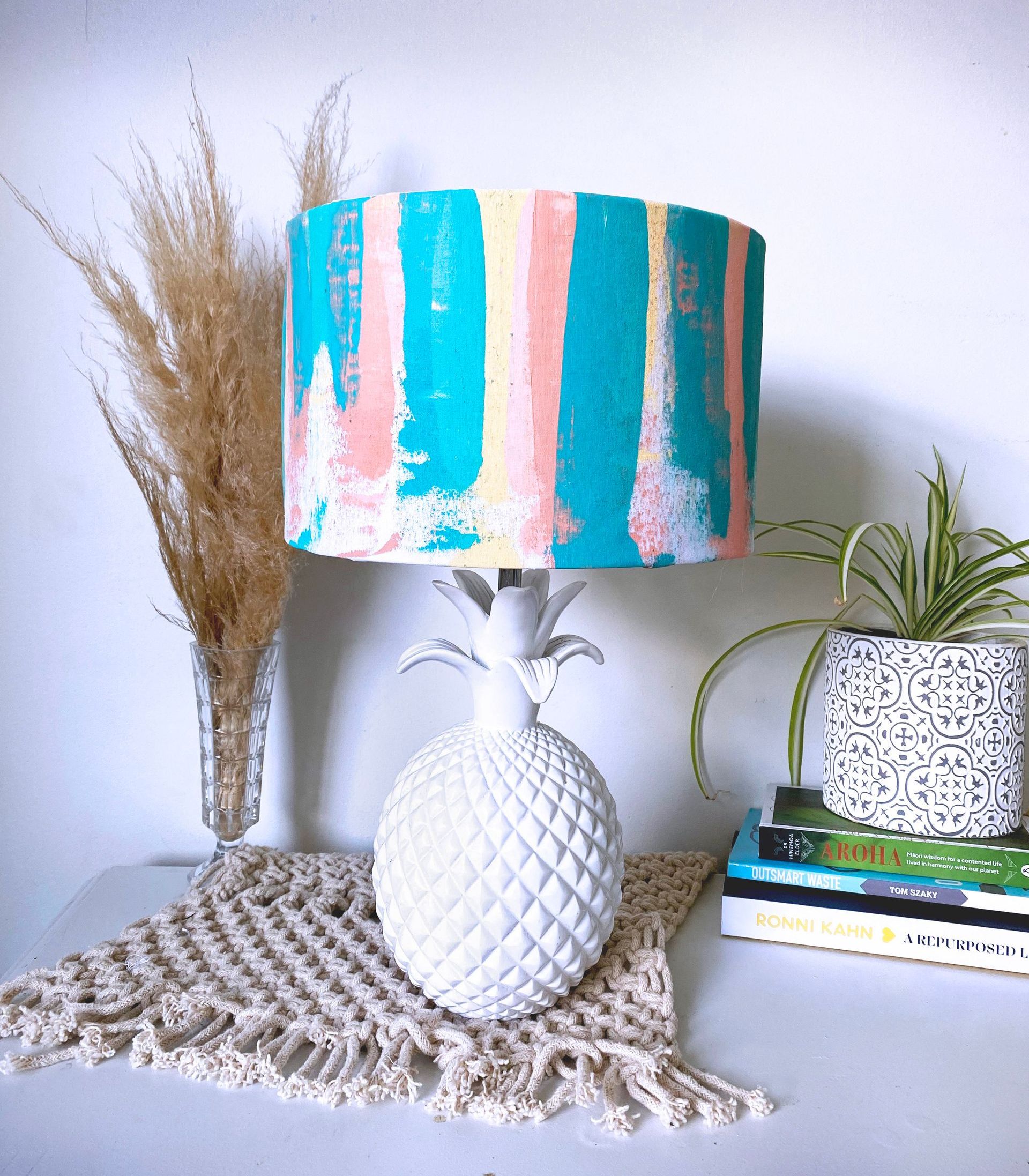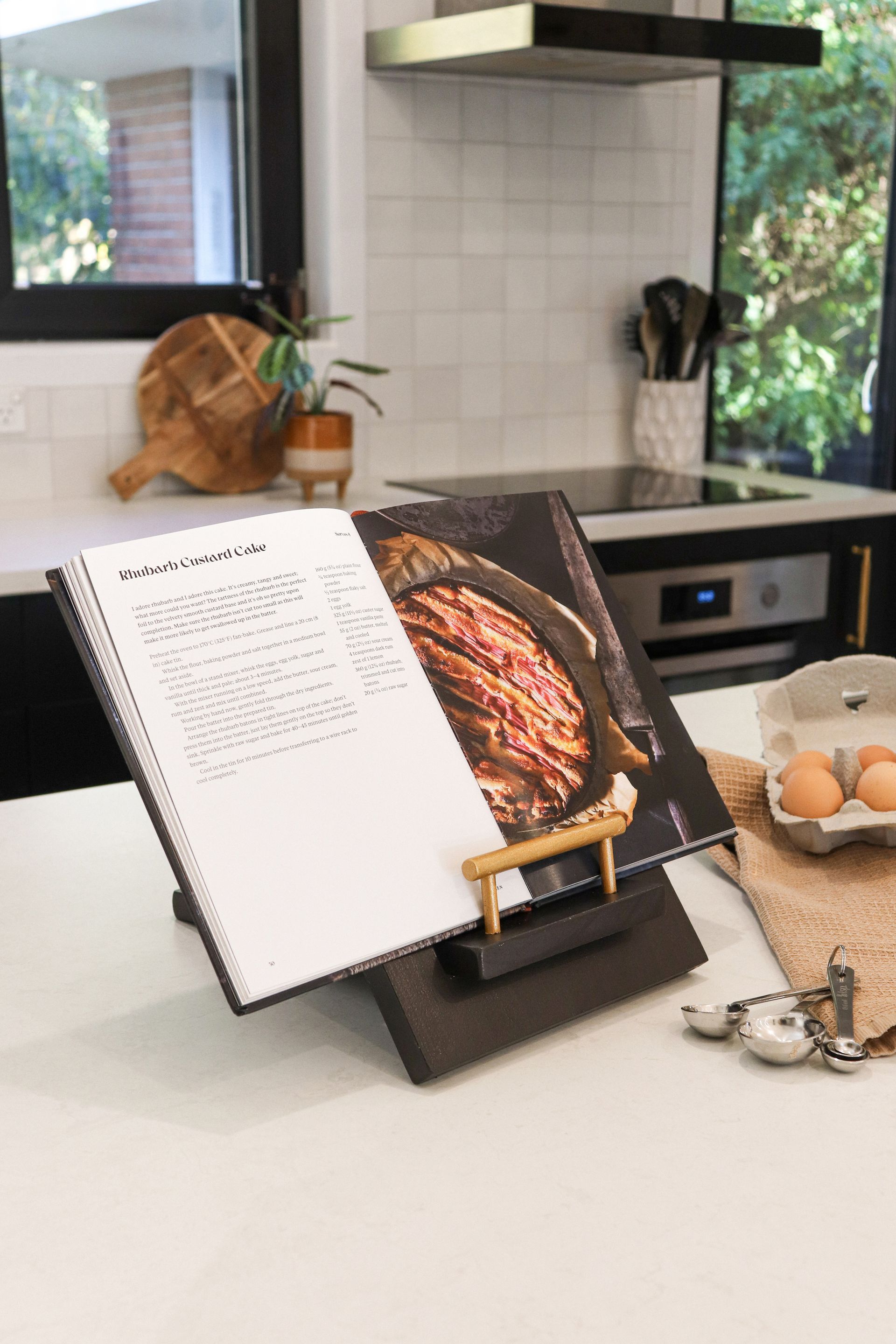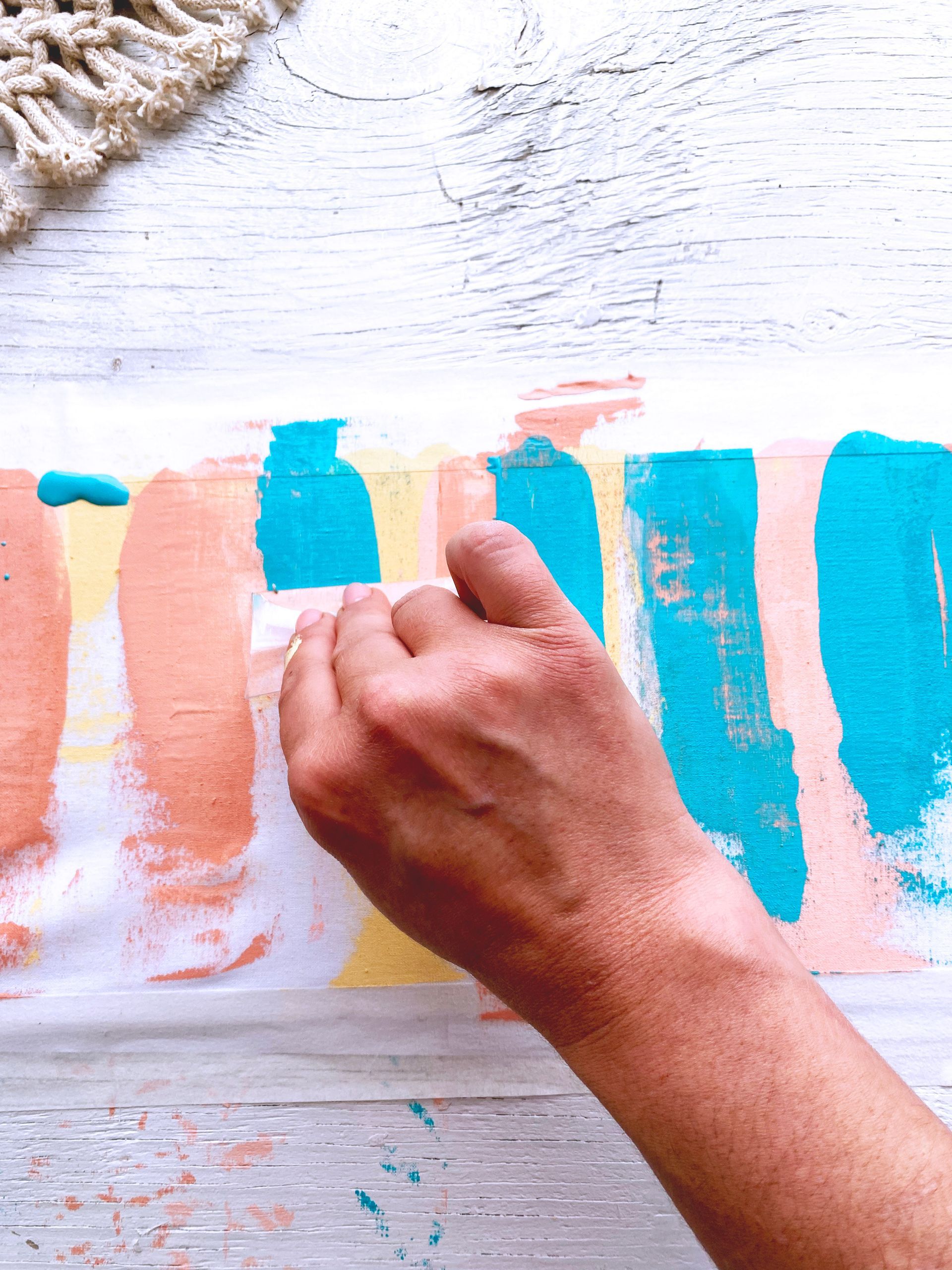If you’ve got a tired old lampshade, don’t throw it out – upcycle it in a few easy steps! Resene testpots are great for this project and with a huge range of colours it’s easy to find the perfect colour scheme to suit your house. Penny Newton from Crafty Girl Life Hacks shows us how.
Here’s what you’ll need:
* A lampshade (this could be a new one, or one you are wanting to update)
* A thick piece of cardboard the same size as your lampshade
* Resene testpots
* A plastic card
* A strip of calico, the same size as your lampshade
* Painter’s tape
* Double-sided tape
* PVA glue
Start by selecting your colours. We found the Resene Colour Palette Generator (resene.co.nz/palettegenerator) really handy for selecting exactly the colours that would suit our current décor and opted for Resene Cornflower, Resene Java, Resene New York Pink, Resene Golden Glow and Resene Sweet Dreams.
Next, remove the board from your old lampshade. You’ll be left with two rings, one with a base to hold the light. Clean any existing glue off with some sandpaper.
Cut your cardboard to size. The width will be the circumference of the ring, and the height will be how tall you want your lampshade. Cut your calico fabric, leaving at least 2 cm extra fabric on all sides so you can fold it over the rings later.
Prepare the fabric by ironing out any creases and lay flat on a hard surface. It is a good idea to pop down a drop cloth underneath as some of the paint may leak through. Use painter’s tape to secure so it’s pulled flat with no wrinkles.
Take your lightest Resene colour and use a spoon to dollop a blob of paint at the top of the fabric, near the tape. Then, using a piece of plastic card, drag the paint down the fabric until you reach the bottom, or run out of paint. Repeat this along the whole length of fabric, and let dry. Repeat this with each Resene colour working from lightest to darkest, letting the paint dry in between coats.
Taking your cardboard, apply double-sided tape to the top and bottom length and carefully attach to your lampshade rings, at the top and bottom (you may need a friend to help with this!). Where the ends meet, secure with painter’s tape.
Now it’s time to use your paint-pulled fabric. Apply PVA glue to the cardboard base, and slowly adhere the fabric to the cardboard, making sure to remove any air bubbles or wrinkles as you go.
Where the ends of your fabric meet on the lampshade, fold over so it’s a neat edge and apply fabric or PVA glue. Use pegs to help it stay in place until dry if you need to. Cut small slits into the fabric that is hanging over the top and bottom, then fold each flap down to the inner side of the cardboard and stick down over the double-sided tape.
Top Tip
The technique of paint pulling is fun, easy and you don’t need any artistic talent to produce stunning results. You can use this technique on anything! If you don’t want to make a lampshade, you could also use Resene testpots to create canvas art, or swap the fabric for cardboard for a creative crafternoon with the kids.
For more ideas and inspiration, see your local Resene ColorShop, resene.co.nz/colorshops.

Recent stories



All Rights Reserved | CountryWide Media







